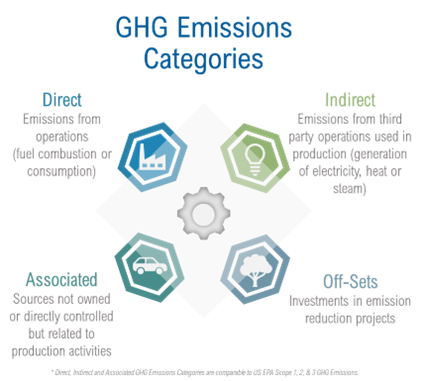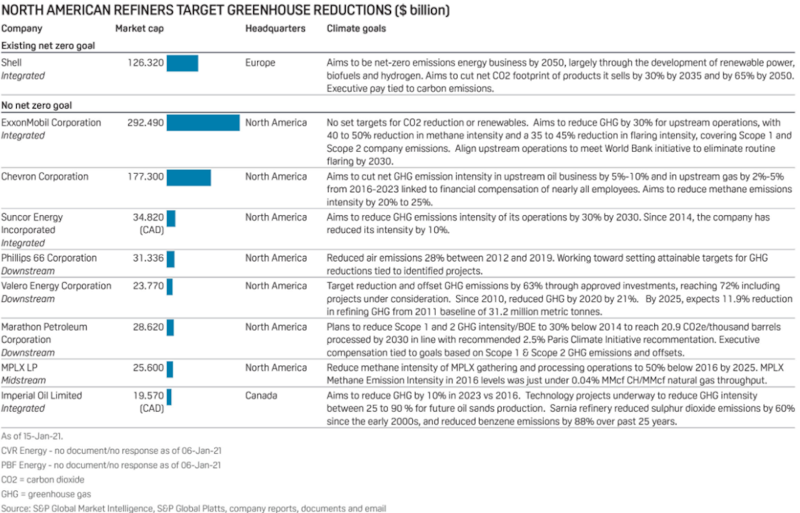The Evolution of Gasoline Blending – Part 3
Read Part 1 of this Blog Read Part 2 of this Blog
Welcome back to Part 3 of the evolution of gasoline blending series. We have had an interesting journey so far looking at various aspects of gasoline blending, and we have come a long way and crafted three dimensions to classify blending and devised a stress test to determine the blending system’s response.
Every refiner has core values they aspire to achieve. Both publicly traded and privately held refiners strive to perform with excellence in the following areas:
- Safety: zero incidents
- Employees: providing a safe and rewarding place to work
- Community: sharing success with the community
- ESG & S: environmental, social, governance and sustainability
- Profitability: Execute all the above efficiently and profitably
Most of the time KPI’s can be assigned to each of the above so that investors and the refiner can evaluate where they stand as compared to their peers with respect to abiding by these core values. The core values also are helpful to attract better talent and retain them for a longer time which translates into having a constant knowledge pool and prolonged efficient performance.
In Blog #2 we said that we would investigate gasoline blending from the perspective of having some dotted line connectivity between gasoline blending and the core values of a refiner.
Let’s look at what has been done in gasoline as an example. When we think about the environmental impact of gasoline, the first thing that comes to mind are tail pipe emissions. Figure 1 illustrates the advancements that the EPA in the US has made in terms of cleaning up the emissions. In simple terms, we got rid of lead in gasoline, then lowered Sulfur and benzene specifications which in effect dramatically reduced SOx and NOx emissions. Note that these standards were also applied to diesel to reduce the tail gate / highway emissions.
 Figure 1
Figure 1
https://www.epa.gov/smartway/smartway-timeline
In addition to passing stringent rules toward reducing sulfur and benzene, the EPA also introduced renewable fuels standards [ethanol and biodiesel]. The addition of ethanol combined with requiring lower summer RVP in non-attainment areas helped with lowering VOC emissions. There are new regulations and programs at state and federal levels being considered that continue to press continuous improvement on gasoline and diesel emissions for environmental benefits and refiners and blenders consistently perform to achieve these new standards and provide the much-demanded fuel responsibly.
Another focus for most refiners is the “Race to Zero” or at least a substantial “Race to Reduce”. Basically, this means, an entity that is racing to zero will aim to become a net zero carbon emitter by say 20XX or reduce its overall carbon emissions by XX% from a previous year’s level by 20XX. This is a very complex and technical challenge and is highly dependent on the definition and category of carbon emissions targeted.

Figure 2: Greenhouse Gas Emissions Categories
There are multiple pathways a company, specifically a refiner, can take to achieve these goals within the desired timeline. Below is a partial list of options to progress toward these goals:
- Production/Utilization of “cleaner” hydrogen at the refinery
- Using a “cleaner” fuel or conversion to electrification for low to medium intensity heating
- Implement/Partner using Carbon Capture and Sequestration technologies
- Select crudes with lowest carbon intensity
Figure 3, below, shows steps some of the US refiners are taking in this space.

Figure 3: North American Refiners Greenhouse Gas Reduction Projects
https://www.spglobal.com/commodityinsights/en/market-insights/latest-news/oil/011921-feature-us-refiners-hone-carbon-footprint-plans-with-focus-on-renewables
Let’s circle back to where we started. How do we relate our blending objectives to core values.
- The safety aspect can be addressed by making sure that the workflows, work processes and procedures are such that there is zero margin for error and controls in place to prevent a tank over-fill, floating roof problem or other incidents. The stress testing previously discussed is crucial to achieving this level of performance.
- In terms of hydrogen utilization, a process optimization study can be performed to ensure that the most efficient balance in purchase, production, and utilization is achieved. As an example, consider the optimized interplays between reformer operational severity (hydrogen production and reformate octane impacts) along with FCCU operations and gasoline and distillate production and down-stream hydrotreating considerations. Hydrogen production as well as other process systems can also be considered along with carbon capture and sequestration technologies to further make a sizeable step-change toward greenhouse gas emissions reductions.
- Another area is the crude scheduler, LP planner and blenders working closely together to make the best selection of crudes with minimum carbon intensity while being able to maintain contractual obligations and economic demands.
It is probably not worth the effort to formulate discrete gasoline blending KPI’s for a refiner’s core values. However, if we can co-relate a refiner’s core value KPI’s into gasoline blending KPI’s that would be a great first step. Translating the overall core values into actionable KPI’s at the blending level helps align not only the short-term goals but the long term strategies of the organization toward its defined success.
At Becht, we provide expert consulting and plant services to oil refineries and chemical plants. Contact Becht [below] for a discussion about how we can help you in this ever-evolving space of blending or related to your overall pathway to reducing/eliminating greenhouse gas emissions.



